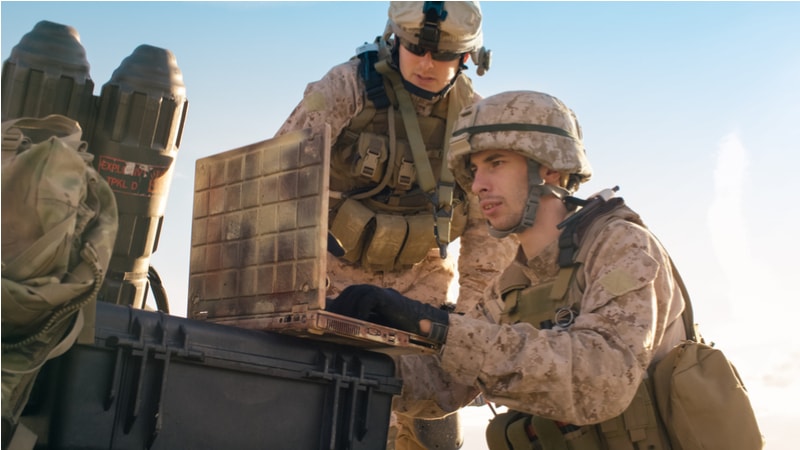
The Department of Defense (DoD) is looking to improve its Rapid Defense Experimentation Reserve (RDER) initiative, with plans to rapidly accelerate the fielding of successful prototypes that will aid the warfighter, according to Under Secretary of Defense for Research and Engineering Heidi Shyu.
RDER, pronounced “raider,” is an initiative that aims to provide rapid modernization by focusing on prototyping and experimentation efforts.
“We’re taking the lessons learned from Ukraine. And we are incorporating that into our strategy in the next highly contested fight,” Shyu said at the Aspen Security Forum on July 19. “And one of the key things that we’re doing is a Rapid Defense Experimentation Reserve.”
Through RDER, Shyu said the DoD planned out a specific scenario that Defense Secretary Lloyd Austin chose, and then asked “what are the capabilities that are needed to fight in that particular scenario?” The DoD then invited companies to bring forward innovative prototypes that they’re working on for the department to experiment with.
In May, Shyu said the National Guard conducted a week-long experimentation where the DoD could provide feedback to small companies on their prototypes.
“[Through] the experiment, what we’ve learned here, all the equipment is going to a northern edge exercise,” Shyu explained. “From that exercise, this fall, we’re teeing up: here’s our success story. Here’s what has worked really well.”
“So, the decision maker – every single service with Joint Staff and all the combatant commanders – will say, ‘Okay, here’s a list of stuff that’s worked really well. How do we rapidly accelerate fielding?’ That’s the key part to get into procurement,” she said.
Shyu said she’s been working very closely with her counterpart, Undersecretary of Defense for Acquisition and Sustainment William LaPlante, who has already developed “a number of rapid acceleration processes.”
“Once we identify, here’s the list of stuff that we want to accelerate into fielding, we have the mechanism in place, the processes in place,” Shyu said.
“There’s one prototype in which one of the marines tested it out, and he said, ‘This is fantastic. I actually need this. I’m going to deploy, I’m coming up near my deployment.’ So, he wouldn’t give us back the prototype. He literally took it, he deployed with it,” she added. “So, that tells me that’s great – there’s a demand signal for the product.”
